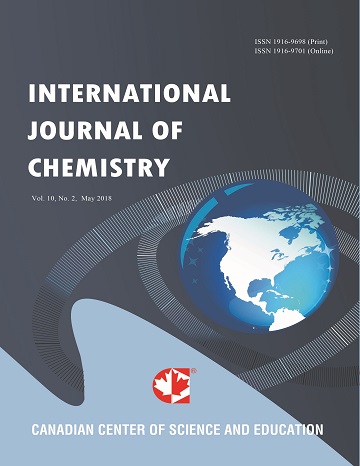Agricultural Wastes as Low Cost Adsorbents for Pb Removal: Kinetics, Equilibrium and Thermodynamics
- Kafia M. Shareef Surchi
Abstract
In this study, removal of poisonous Pb (II) from artificially contaminated water has been investigated with the aim of detoxifying industrial effluents before their safe disposal onto land or into river waters. Five low-cost natural adsorbents, chalf, rice husk, sesame, sun flower and tea waste, were used to remove Pb from synthesized waste water. Kinetic study revealed that pseudo-first order model is suitable to explain our experimental data and intraparticle transport is not the only rate-limiting step. The adsorption equilibrium data correlate well with Freundlich model with regression, R2, range from 0.947-0.993. The results showed that efficiencies of chalf, rice husk, sesame husk, sun flower husk and tea waste for Pb ion removal were 85%, 90%, 100%, 86%, 98% repectively. High adsorption capacity of the tested adsorbents makes it preferable and very attractive alternative adsorption material. This field may therefore be utilized by developing countries to alleviate or at least, reduce the impacts of industrial water pollution on the aquatic environment.
- Full Text:
 PDF
PDF
- DOI:10.5539/ijc.v3n3p103
Index
Contact
- Albert JohnEditorial Assistant
- ijc@ccsenet.org
